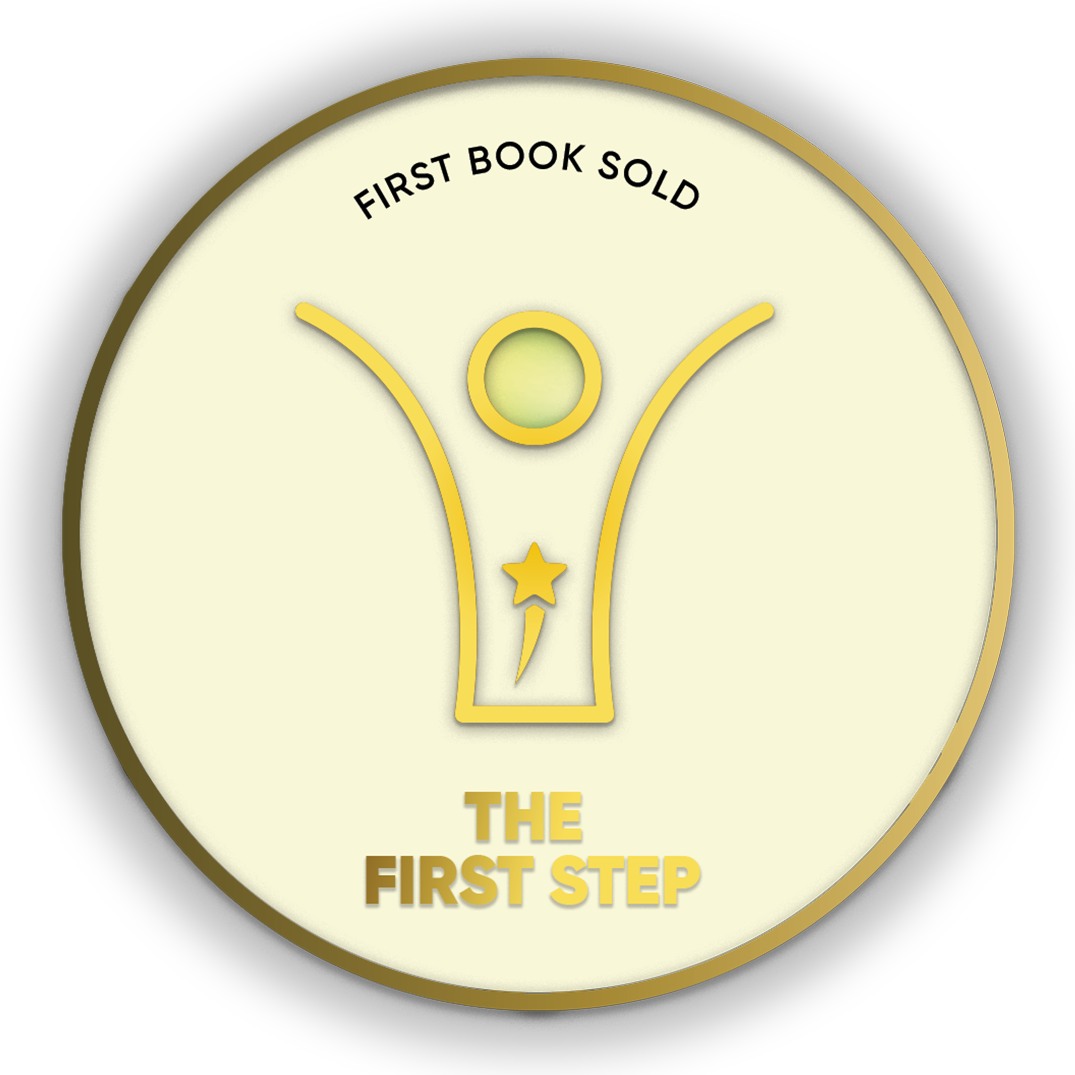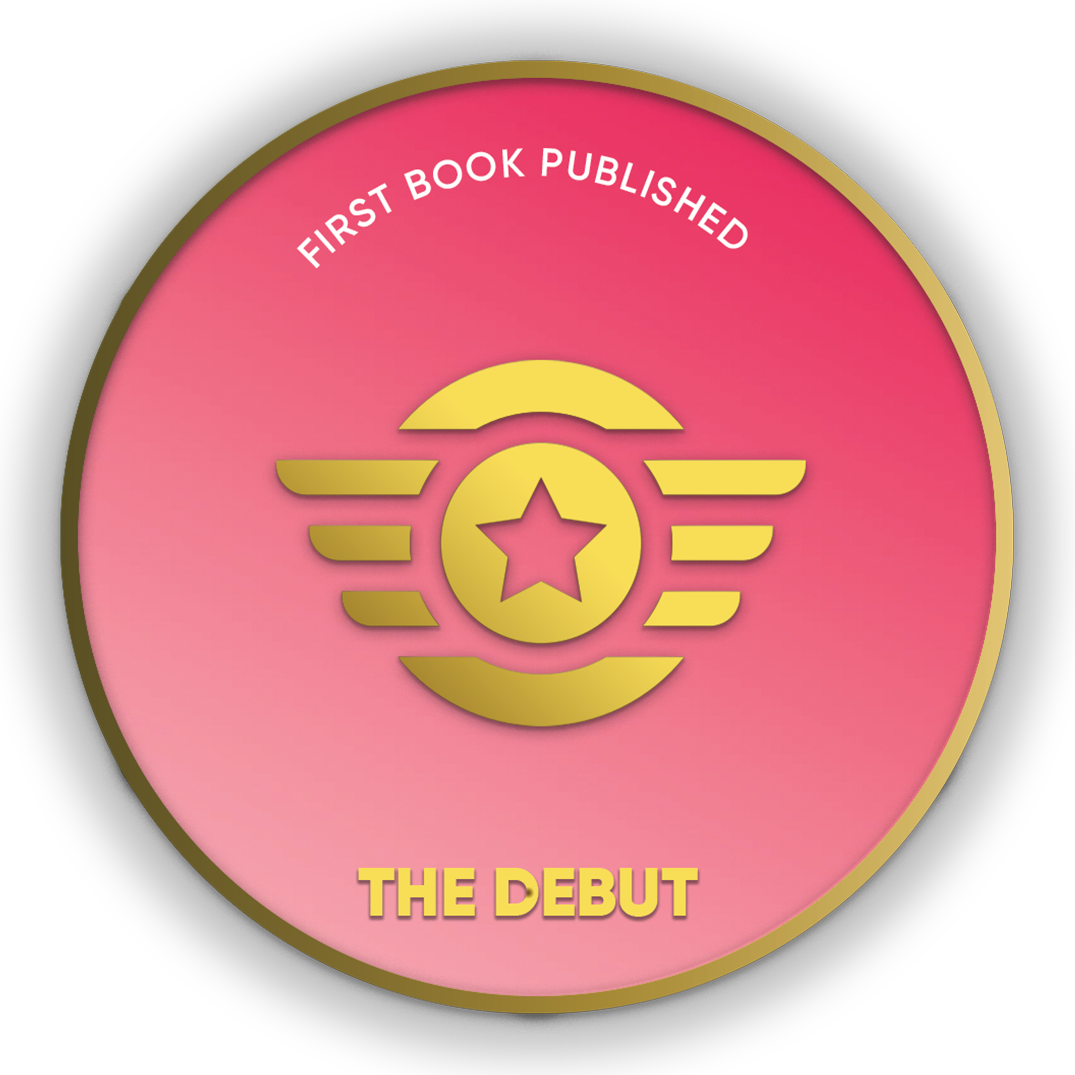
- Discover books
- For Writers
-
For Writers
-
Indie Author Championship
-
Challenges
Writing Contests
- Get Started

"It was a wonderful experience interacting with you and appreciate the way you have planned and executed the whole publication process within the agreed timelines.”
Subrat SaurabhAuthor of Kuch Woh Pal -
-
-
IN
- India
- Singapore
- Malaysia
- 0
Vaijayanti Kharé
International RelationsVaijayanti Kharé has a 3-decade long career of diversely rich experience in the Corporate, Academia, semi-diplomatic, and Development space in Organisations and multi-lateral bodies with a global footprint. She is a distinguished Lecturer and Guest Speaker in International Relations, Diplomacy, History, Cross-border Development, Strategic Management, and Liberal arts. Her current research focus is Asian cross-border relations, Siddha and mystic poetic traditions of Nepal and western India, and Migration studies of South and Central Asia.Read More...
Vaijayanti Kharé has a 3-decade long career of diversely rich experience in the Corporate, Academia, semi-diplomatic, and Development space in Organisations and multi-lateral bodies with a global footprint. She is a distinguished Lecturer and Guest Speaker in International Relations, Diplomacy, History, Cross-border Development, Strategic Management, and Liberal arts. Her current research focus is Asian cross-border relations, Siddha and mystic poetic traditions of Nepal and western India, and Migration studies of South and Central Asia.
Read Less...Crop your profile image

Questioning Ladakh
Books by Vaijayanti Kharé
Ladakh is an unfinished story of a region and a people. Its beginnings are a mosaic of histories, the growing up a geopolitical narrative, and its present an inchoate reality.
The political, military, and geostrategic positioning notwithstanding, Ladakh is a magnificence that beckons simple understanding. It is interesting to see how as an erstwhile feeder route on the trade between the lands of Punjab, Himachal, Kashmir, and Central Asian market
Ladakh is an unfinished story of a region and a people. Its beginnings are a mosaic of histories, the growing up a geopolitical narrative, and its present an inchoate reality.
The political, military, and geostrategic positioning notwithstanding, Ladakh is a magnificence that beckons simple understanding. It is interesting to see how as an erstwhile feeder route on the trade between the lands of Punjab, Himachal, Kashmir, and Central Asian market hubs of Khotan and Kashgar, this little wedge of a land between two critical borders continues to be a shadow exchange route. As the southwestern edge of a Tibetan empire that converted to Buddhism to define its statehood, it is fascinating to trace processes that made the people of La-dwags sovereign, protectorate, independent, and dependent in aspects of their religion, language, and traditions at different times after that empire disintegrated, and the Now of all this.
Questioning Ladakh is more than just an academic exercise. It is an intriguing narrative of the making of a land and its people on the high crossroads of nationalism, religiosity, and economy.
Questioning Ladakh
Books by Vaijayanti Kharé
Ladakh is an unfinished story of a region and a people. Its beginnings are a mosaic of histories, the growing up a geopolitical narrative, and its present an inchoate reality.
The political, military, and geostrategic positioning notwithstanding, Ladakh is a magnificence that beckons simple understanding. It is interesting to see how as an erstwhile feeder route on the trade between the lands of Punjab, Himachal, Kashmir, and Central Asian market
Ladakh is an unfinished story of a region and a people. Its beginnings are a mosaic of histories, the growing up a geopolitical narrative, and its present an inchoate reality.
The political, military, and geostrategic positioning notwithstanding, Ladakh is a magnificence that beckons simple understanding. It is interesting to see how as an erstwhile feeder route on the trade between the lands of Punjab, Himachal, Kashmir, and Central Asian market hubs of Khotan and Kashgar, this little wedge of a land between two critical borders continues to be a shadow exchange route. As the southwestern edge of a Tibetan empire that converted to Buddhism to define its statehood, it is fascinating to trace processes that made the people of La-dwags sovereign, protectorate, independent, and dependent in aspects of their religion, language, and traditions at different times after that empire disintegrated, and the Now of all this.
Questioning Ladakh is more than just an academic exercise. It is an intriguing narrative of the making of a land and its people on the high crossroads of nationalism, religiosity, and economy.

Are you sure you want to close this?
You might lose all unsaved changes.
Select from one of our global stores to continue
 India
India
 Singapore
Singapore
 Malaysia
Malaysia
Warning Message
The items in your Cart will be deleted, click ok to proceed.









